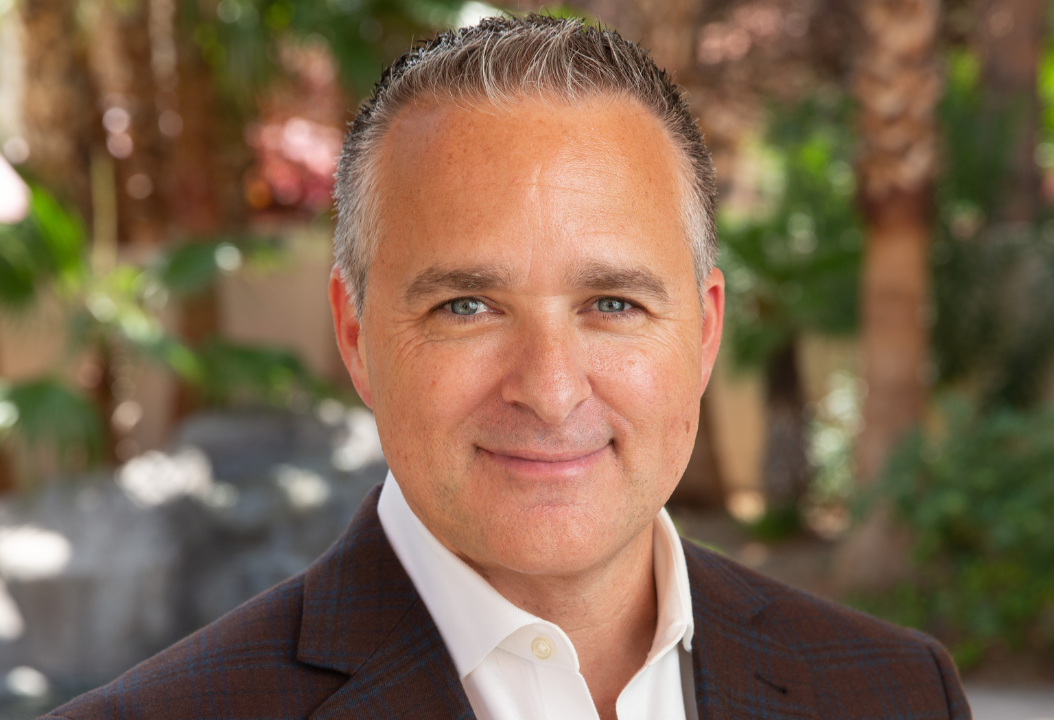Subscribe to our email newsletter and follow us on social media.
This commentary is written by PNC Chief Economist Gus Faucher.
- The FOMC keep the fed funds rate unchanged but indicated that further rate hikes are likely later this year.
- The near-term outlook, as indicated in the dot plot, is somewhat better compared to March.
- The FOMC expects inflation to gradually get back to 2%.
- The market reaction was negative, with stocks down and short-term yields up.
As widely expected, the Federal Open Market Committee kept the fed funds rate unchanged in its policy statement this afternoon, in a range between 5.00% and 5.25%. This is the first FOMC meeting where the committee has not raised the rate since January 26, 2022, when the rate was in a range between 0.00% and 0.25% coming out of the pandemic. This tightening in monetary policy has weighed on economic growth, although the economy continues to expand and the labor market remains very strong.
With monetary policy working with a lag and given the tightening in financial conditions that has occurred in 2023 as problems have emerged in the banking system, the FOMC wants to take a breather to evaluate the impacts on the U.S. economy. According to today’s statement, “holding the target range steady at this meeting allows the Committee to assess additional information and its implications for monetary policy.”
But the FOMC is pointing to further near-term rate hikes given inflation that, although slowing, remains well above the FOMC’s 2% objective. The statement goes on to say that “in determining the extent of additional policy firming that may be appropriate to return inflation to 2% over time, the Committee will take into account the cumulative tightening of monetary policy, the lags with which monetary policy affects economic activity and inflation, and economic and financial developments.” And while the FOMC mentions the potential for additional rate hike, it says nothing about potential rate cuts.
The updated Summary of Economic Projections, or “dot plot,” also indicates additional fed funds rate hikes this year. The new dot plot has a median projected fed funds rate of 5.6% at the end of 2023, compared to a median of 5.1% in the previous dot plot, from mid-March. This suggests two additional fed funds rate hikes over the rest of 2023. But the dot plot does point to potential rate cuts in 2024, with the median rate at the end of next year at 4.6%.
The statement noted current “modest” economic growth, although job gains remain “robust.” The statement also said inflation remains “elevated.” Once again the statement says that the FOMC remains “strongly committed to returning inflation to its 2% objective.”
Other changes to the dot plot were modest, generally reflecting recent data that show the economy is doing somewhat better in the second quarter of 2023 than expected in March. Real GDP growth in 2023 is a somewhat higher in the current SEP compared to March (1.0% compared to 0.4%), with the median unemployment rate at the end of this year somewhat lower (4.1% compared to 4.5%). But the GDP and unemployment rate projections for 2024 and 2025 are little changed from March.
FOMC participants expect core and overall PCE inflation to gradually slow to 2% over the next couple of years. In his post-meeting press conference, Chair Powell said that getting inflation back to 2% would likely require below-trend economic growth and a softening in the labor market.
The FOMC made no changes to its process of reducing the central bank’s balance sheet, with ongoing declines in the Fed’s holding of long-term Treasurys and mortgage-backed securities putting upward pressure on longer-term interest rates.
The statement was approved unanimously.
Today’s FOMC statement indicates that the Fed is pausing its rate hikes, not ending them. The committee wants to see what impacts the tightening in monetary policy that has taken place over the last couple of years as well as the tightening in financial market conditions, has had and will have on the U.S. economy, labor market, and inflation. But the FOMC is clearly signaling, through both the statement and the dot plot, that the fed funds rate is likely to move higher in the second half of 2023.
About the author: Prior to joining PNC in December 2011, Faucher worked for 10 years at Moody’s Analytics, where he was a director and senior economist. Previously, he worked for six years at the U.S. Treasury Department, and taught at the University of Illinois at Urbana-Champaign. He serves on the board of directors of The Economic Club of Pittsburgh - the local chapter of National Association of Business Economics (NABE). He is also co-chair of the Financial Roundtable of NABE. Faucher earned a Ph.D. in economics from the University of Pennsylvania and a B. A. in economics from Cornell University.









